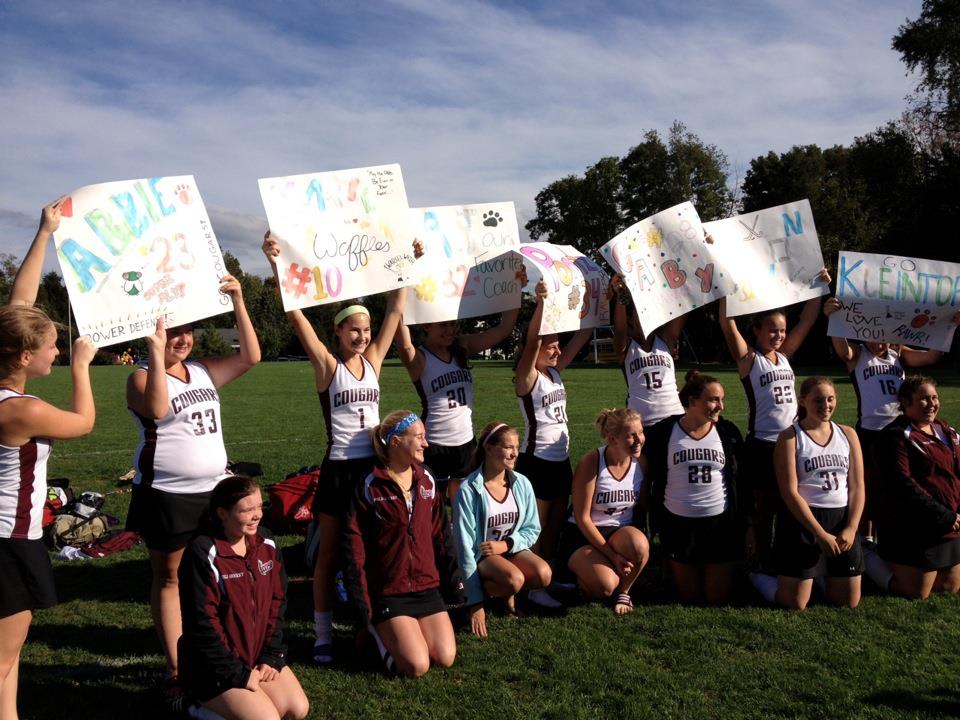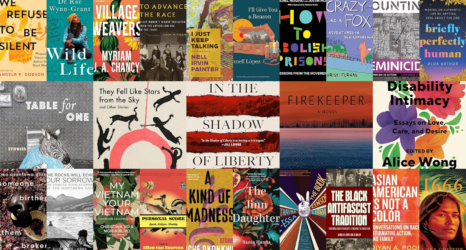February 5 is National Girls & Women in Sports Day, and as a woman who has played various sports since the age of 10—field hockey for seven years, basketball for five, rugby for three and others for shorter amounts of time depending on how terrible I was…thinking of you, lacrosse—it’s an exciting day.
Playing sports from a young age taught me so much. I am a better teammate to my coworkers today because of the years I spent working with my fellow players on the field. I learned to set goals and to work towards them efficiently due to the seasons I spent attempting to master various athletic skills. I’m more confident and self-assured because of the many games I spent pushing my body to endure, as well as the hours I spent cheering for and being cheered on by my incredible teammates.

My positive experiences playing sports as a young woman are echoed in research from the Women’s Sports Foundation (WSF), which found that girls who are athletes in high school tend to earn better grades and are more likely to graduate. Girls and women who play sports also report having higher levels of self-esteem and a more positive body image and lower levels of depression.
Unfortunately, the most recent report released by WSF showed that we still have a long way to go when it comes to removing barriers for girls and women in sports and encouraging them to lace up their cleats, sneakers or skates and get in the game.
Chasing Equity, a report compiled after WSF’s national survey of more than 2,300 female sport leaders—including coaches, athletic directors, executives, owners, researchers, journalists and sports medicine professionals at all levels—highlighted the significant progress that has been made for women in athletics.
Since Title IX was signed into law in 1972, mandating equal access of opportunity regardless of gender, researchers note, more female athletes have hit the field. In 1971, less than 500,000 high school girls participated in athletic programs; in 2018, that number had risen to nearly 3.5 million. For young women in college in 1971, participation was well under 50,000—versus the more than 200,000 young women who participated in college athletics in 2017.
But participation opportunities for girls and women are still disappointingly limited. One 2013 study found that 83 percent of college coaches said “they have never received any formal Title IX training.” A 2019 study revealed that 32 percent of girls reported that “sometimes boys make fun of them or make them feel uncomfortable when they practice sports.” According to the U.S. Department of Education, 87 percent of NCAA schools “offered disproportionately higher rates of athletic opportunities to male athletes compared to their enrollment” in 2018, and at the high school level, WSF’s report notes that “boys receive more than 1.13 million more high school sports opportunities than girls.”
Even if girls and young women do get involved in sports, additional research has found that women experience some sports injuries—such as ACL injuries and concussions—at higher rates than their male counterparts. “The limited knowledge of female specific health and injury concerns,” WSF researchers observed, “places girls and women at greater risk and can hinder their persistence in sport.”
WSF’s report outlined 31 steps we can all take to remove barriers and make the athletic world a more equitable one—from “find[ing] new and creative ways to promote opportunities for girls to participate in a wide variety of sports, including non-traditional sport pathways, to encourage more adolescent girls to participate, regardless of their ability level or interest level in traditionally offered sport” to “develop[ing] policies to protect athletes from sexual harassment and abuse.”
Girls and young women benefit from playing sports—both immediately and for years to come. I know that my life is better because of my decade-plus as a member of athletic teams. Now, it’s on all of us to encourage and support girls’ and women’s participation and expand their possibilities beyond the sidelines.
We’re all on the same team now—one with a 31-point playbook for success.





